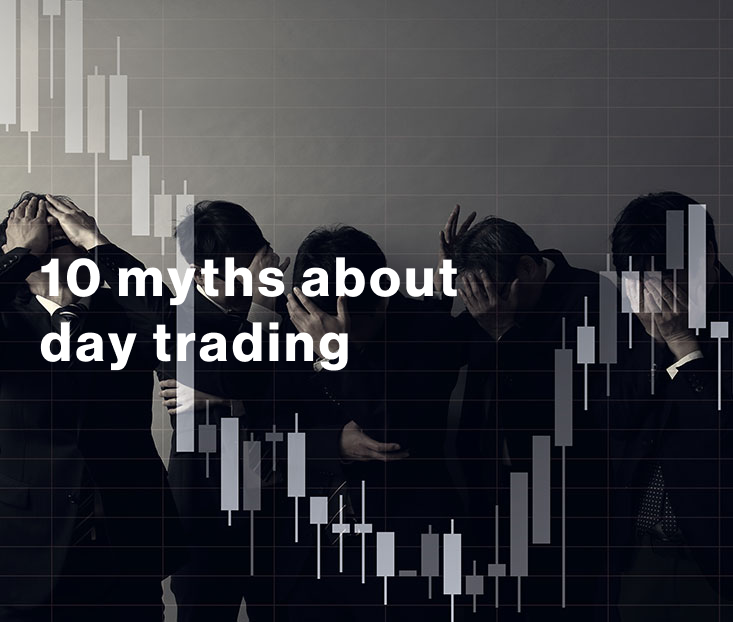Trade coaching is fast advancing. Like shepherds, most of the day trading mentors have blessed many with their advice and tutorials. Others haven't been so lucky with this aspect too.
These mentors have various educational programs and social media platforms that they use to communicate with followers to share their trading experiences.
But it might be difficult to figure which day trading mentor is the best fit for your needs.
Today, we will share some of the profound factors that you must consider before choosing your mentor.
Trading Style/Philosophy
Philosophy is the fortitude of day trading. Every day trader has some form of philosophy or trading style he goes with.
Like football coaches, every day trading mentor has their approach, tactics, and techniques. Every mentor draws this from years of practice and experience.
One of the major mistakes day traders make in choosing a mentor is not figuring out the trading style of the mentor.
Some mentors might be risk-takers, others might be the conservative type. Every one of them works.
Join WSDT – Spring games – 2021
It is important because every style or philosophy must go with the trading layout.
Your budget or risk tolerance might not be parallel to the risk type of trading hence a mentor whose style centers on risk-taking might not be suitable for you.
Assess your trading style and match it with a mentor that fits in that sphere.
Trading Strategy
Another important factor is the strategy the mentor uses. Every mentor has his arsenal or warehouse of strategies he juggles according to a specific trading climate.
For example, Mentor A might like break-in/break out strategy but Mentor B might not like it.
This doesn't mean the strategy is bad or ineffective in general. Everyone uses what he feels is effective.
It is quite interesting to note that some of these mentors have used these strategies for a long time so much that it becomes a major trademark to their coaching style.
It is imperative to read on some of the major strategies. Select what appeals to you, then go for the mentor that tolls this path.
Otherwise, you would always have conflicting views with your guide which will affect your trades.
Don't Follow Blindly
The sure way to know something works is when you have tried and tested it.
For example, all WSDT mentors have happy followers who have tried or used their materials.
The sure way to know if their strategies and techniques really work is when you get the feedback from people who have tried and tested it.
Accessibility
Most mentors are not accessible and it is understandable to a point because some of them have a large number of followers.
It doesn't matter how clear their tutorial might be, there would always be a question you wish they could shed light on.
That is why most WSDT mentors give access to their live trading rooms, watchlist and other platforms where they reach out directly to their followers.
Giving a lecture might not be enough as some technical stuff has to be demonstrated while questions are being answered.
The strong link between demonstration, observation, and practice are important structures every mentor must have in place.
Are WSDT mentors professional?
So, how did we select mentors for WSDT?
We chose some of the best day trading mentors from a broad scope of qualities. Some of them have vast experience, some have unique approaches, some of them are stars among their communities.
A conglomerate of these intrinsic values and different styles of mentorship gives WSDT competitors the best options to choose from
In WSDT, mentors or team leaders have live interactive sessions with their followers. This personal interaction creates the avenue for a mentor- mentoree bonding, which is very healthy for effective day trading skill development.
So, we recommend you to look at the profiles of each WSDT mentor, check out their social media and subscribe to the ones that you found suitable for you.
Check them out:
Stelios Stylianou
Jerremy Newsome
James Mason
Ali Biggz
Pablo Martinez Garcia









